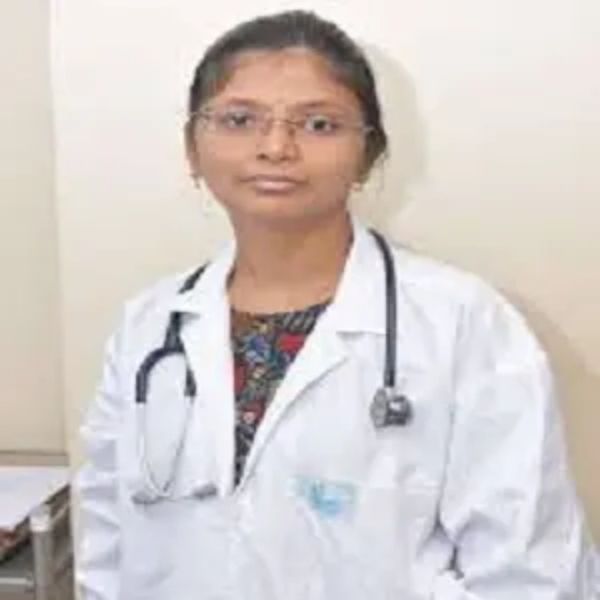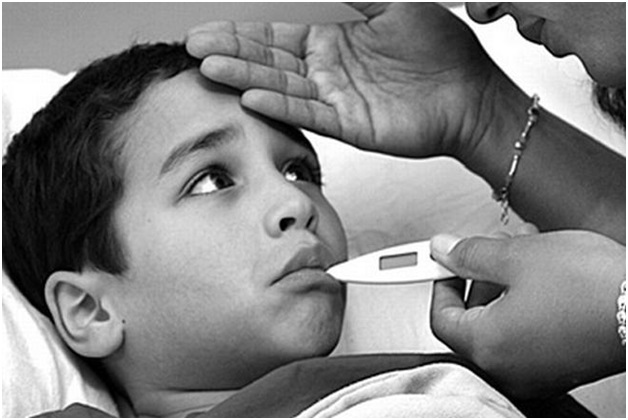 Verified By Dr Suguna Reddy Chejeti May 7, 2021
Verified By Dr Suguna Reddy Chejeti May 7, 2021

India witnessed the first wave of COVID-19 in 2020, and by the first week of March 2021, we are facing the second wave of the pandemic. While researchers witnessed no significant change in the affected age groups during these waves, a slight increase has been noted recently in children, including the younger age groups. However, more than 70 per cent of COVID-19 infected individuals are under the age of 40 years in both the waves and, the elderly still remain more vulnerable.
Read more to understand why there has been an increase in children testing positive in the second wave; what symptoms do the children usually show; and what precautions can parents take?
Experts say that the second wave can potentially be more severe for younger age groups. In the second wave, children have also developed severe symptoms. In the first wave, children and adolescents were affected, but in the second wave, even infants are infected, exhibiting severe symptoms.
Medical experts say that a new double mutant variant and a combination of other strains tend to infect children. The double mutation, known as the B.1.617 variant, was first detected in the samples of around 10 states across India. The variant has both mutations (E484Q and L452R). It is also found in the UK, the US, New Zealand, Australia, and a few European countries.
Experts opine that the double mutant variant has immune escape phenomena. This new variant masquerades as our own body system and later escapes our immunity protection. This is one of the reasons for more and more children contracting COVID-19.
Kids are also getting infected from other members of the family who go out of their homes and are lax in maintaining COVID-19 appropriate behaviour.
In the second wave, it was observed that COVID-19 symptoms are not limited to just the respiratory system. Most common COVID-19 symptoms observed in children include:
However, in the second wave, many COVID-19 positive children may have atypical presentation such as:
Gastrointestinal symptoms:
Cutaneous symptoms:
Unfortunately, there can be some very severe complications, including those that are life-threatening. This is due to secondary conditions, such as ARDS, respiratory failure, septic shock, sepsis, and/or multiorgan failure. In rare situations, children can develop severe hyperinflammatory syndrome (cytokine storm syndrome) a few weeks after the infection.
The best way to really keep children safe is to prevent the infection in the first place. Since the COVID-19 affects people of all ages, it is best not to ignore the regular preventive measures. Here are some tips to do that.
We can isolate our children from others and get them to follow COVID-19 guidelines. Ensure that children abide by certain rules, such as not sharing food and water with their friends and so on.
Yes, children of all age group, even below 1 year may become sick with COVID-19. Most of the children do not get as ill as adults and a few may not show any symptoms. However, with the new wave of COVID-19 in India, children are more symptomatic compared to last year.
Children experience lower infection rates. There is growing a evidence that shows that COVID-19 affects children differently compared to adults. However, the second surge of COVID-19 puts children and younger adults in India at high risk.
You should call your pediatric physician and tell him/her in detail about the symptoms from which your child is suffering. If a child develops symptoms consistent with COVID-19 infection, seek medical attention immediately. The treatment can be done at home or in the hospital, depending on the severity.
Even if children develop only mild symptoms initially, eventually, they may suffer long-term effects even after recovery. MIS (Multisystem Inflammatory Syndrome) is one of the most serious long-term effects of COVID-19 infection in children, and it can be fatal.
Those children with pre-existing major disease… heart, kidney, liver disease, etc., or children with low immunity such as cancers, immunity diseases from birth, etc., obese children are at high risk of serious disease.
Record temperature and oxygen saturation with a pulse oximeter if available at home, every 6 hours.
There is no scientific evidence to use these drugs for treatment of COVID in children. Few of these drugs are used when adults are hospitalized with serious disease. There is no role of these drugs in home treatment.
This is very important to know and following five symptoms or signs need to be monitored at home.
1. High fever lasting beyond 4 or 5 days
2. Decreased oral intake by child
3. Child becoming lethargic
4. Increasing respiratory rate
5. Oxygen saturation dropping below 95% at home (ensure proper recording with good displayed waves).
In such situation, you should rush your child to facility with COVID care.
Routine immunization can be continued 2 weeks after child is asymptomatic (of COVID infection). If child needs some higher medications such as high-dose steroids or tocilizumab which suppresses the components of immunity of patient, immunization needs to be deferred for 3 months after the medication.
Incompletely understood
Condition diagnosed in children who had infection previously and also among those with active infection.
Possible mechanisms
MBBS, DCH, DNB Paediatrics, DM Neonatalogy, Apollo Cradle, Kondapur, Hyderabad

October 25, 2024